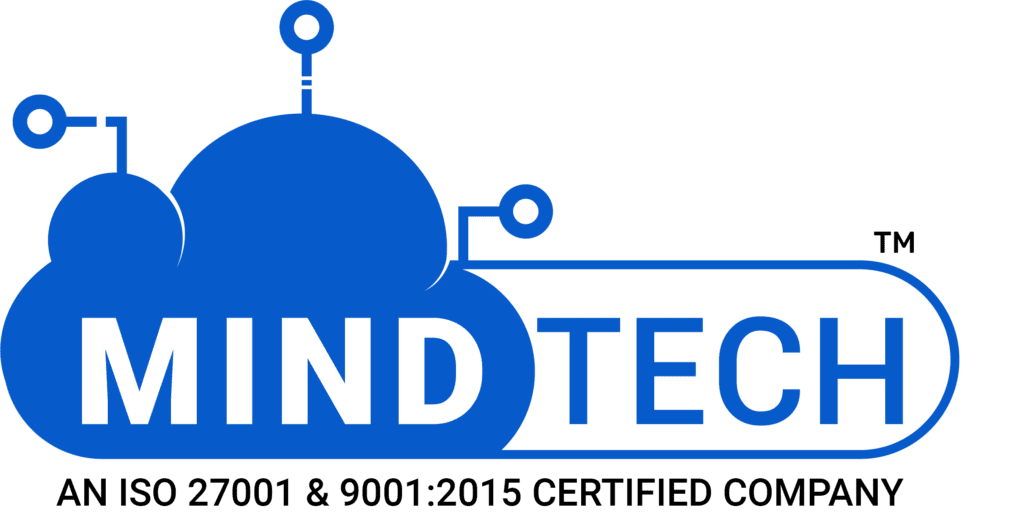
In modern-day fast-paced virtual Landscape, agencies are always seeking progressive ways to live competitively and meet the ever-evolving desires in their customers. One such method that has gained massive traction in recent years is the adoption of multi-cloud Strategy. But what precisely is a multi-cloud approach, and how can it empower modern organizations to attain their desires? In this blog post, we’ll delve into details of the multi-cloud approach and explore its transformative potential for businesses of all sizes and industries.
Understanding Multi-Cloud Strategy
At its center, a multi-cloud strategy includes leveraging more than one cloud computing offering from special vendors to meet various enterprise wishes. Unlike traditional single-cloud processes, which rely upon a single issuer for all cloud services, a multi-cloud strategy gives unheard of flexibility, scalability, and resilience. By diversifying their cloud infrastructure throughout more than one carrier, businesses can mitigate risks, optimize expenses, and tailor their IT environments to meet specific necessities.
Flexibility and scalability are two key benefits of a multi-cloud method. With the potential to combine and in shape services from special vendors, corporations can dynamically alter their sources to house converting workloads and scale up or down as wanted. Whether it’s provisioning additional compute electricity to deal with spikes in demand or deploying new programs in min, a multi-cloud approach empowers organizations to respond quickly to market dynamics and stay in advance of the competition.
Risk mitigation is every other essential element of multi-cloud adoption. By spreading workloads throughout more than one cloud environments, corporations can reduce the impact of potential provider disruptions or outages from any single issuer. This redundancy guarantees excessive availability and resilience, safeguarding vital business operations and preserving patron consider.
Key Components of a Multi-Cloud Strategy
A successful multi-cloud method calls for cautious consideration of several key additives:
Cloud Service Providers Overview: Organizations need to cautiously examine the services of different cloud carriers, thinking about elements inclusive of overall performance, reliability, security, and fee. Major players within the cloud enterprise, inclusive of Amazon Web Services (AWS), Microsoft Azure, and Google Cloud Platform (GCP), every bring their specific strengths to the desk.
Interoperability and Compatibility: Seamless integration between exclusive cloud systems is crucial for ensuring clean statistics alternate and workflow automation. Standardized protocols and APIs facilitate interoperability, enabling disparate structures to communicate effectively with minimal friction.
Data Management and Security: Protecting sensitive records is leading in multi-cloud environments. Implementing sturdy encryption, access controls, and monitoring mechanisms allows preserve information integrity and confidentiality throughout multiple clouds, making sure compliance with regulatory necessities and mitigating cybersecurity dangers.
Performance Optimization: Techniques inclusive of workload distribution and optimization assist maximize aid utilization and decorate typical gadget overall performance. Leveraging area computing and content material transport networks (CDNs) can in addition improve latency and responsiveness, making sure an unbroken person experience.
Challenges and Best Practices
While the blessings of multi-cloud strategy are plain, companies ought to navigate several demanding situations:
Complexity in Management and Governance: Managing various infrastructures and making sure compliance with guidelines require strong governance frameworks and complicated management gear.
Ensuring Compliance with Regulations and Standards: With data autonomy and privateness policies turning into an increasing number of firms, organizations need to put into effect stringent controls and audit trails to demonstrate compliance.
Potential for Increased Operational Costs: Improper useful resource control and lack of optimization can bring about cost overruns. Adopting first-class practices such as complete planning, automation, and continuous tracking is important for controlling costs and maximizing ROI.
Conclusion
In end, a multi-cloud method offers cutting-edge groups extraordinary flexibility, scalability, and resilience in ultra-modern digital Landscape. By harnessing the power of diverse cloud environments, corporations can free new opportunities, force innovation, and live beforehand of the competition. Embracing a multi-cloud method is not just a strategic vital; it’s a transformative journey that empowers businesses to thrive inside the technology of digital disruption.



